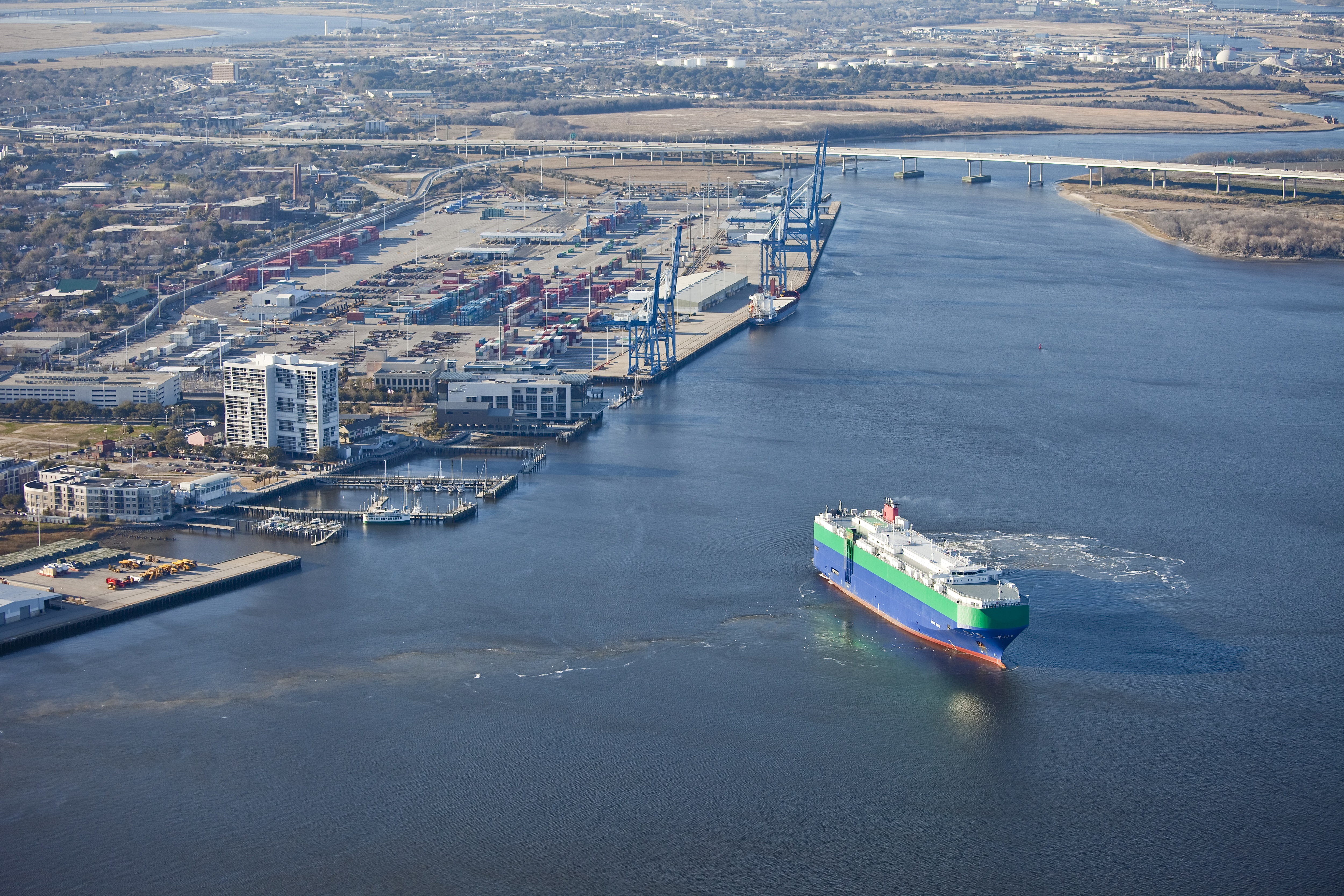
As a shipper focused on your business, you could be forgiven for confusing the details when plotting out export logistics. The language used at the ports across this great nation can be as different as the accents, and terms overlap like a cruel Venn diagram. A “Super-Post Panamax” ship at one port may be a “New Panamax” at another—and “Post-Panamax” vessel might be used to describe ships with different depth clearances or capacity. All of which begs the question: Who’s on first?
This second annual “Pick Your Port” feature is an effort to get us on the same page. Ports are complex, we can’t help you there—but these snapshots should give you some threads to pull at when trying to make the right decision for your business. We asked ports, usually the top executives, for intel such as infrastructure updates, how they ensure quick truck-turnaround times, cargo specialties, locational advantages, improvement plans, even elevator pitches—and we learned that some buildings are vastly taller than others.
To complement the interviews, we’ve also included some quick-hit data points that bring each port into a little sharper focus. Ports provided most of this data, such as big ship readiness—which for our purposes refers to vessels that carry 12,000 containers or the equivalent—number of days’ transit to major exports markets and rail and highway connectivity. We also relied on the American Association of Port Authorities’ “2015 Membership Directory” for data such as top exports (this is listed by volume) and types of cargo, for which we’ve provided up to three varieties.
So read on, reader. You’ll find a summary of contents on the next page so you can easily reference the ports you may already be interested in researching. Lastly, a sincere thanks to all the ports who were so generous with their time and candid with their words—especially those who were navigating some troubled waters of their own.